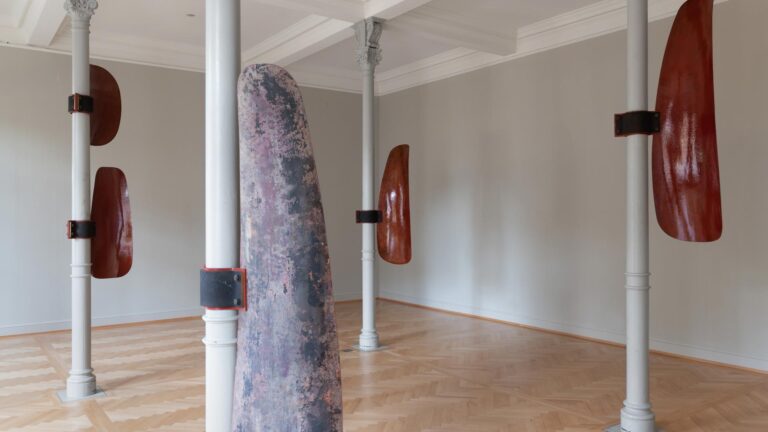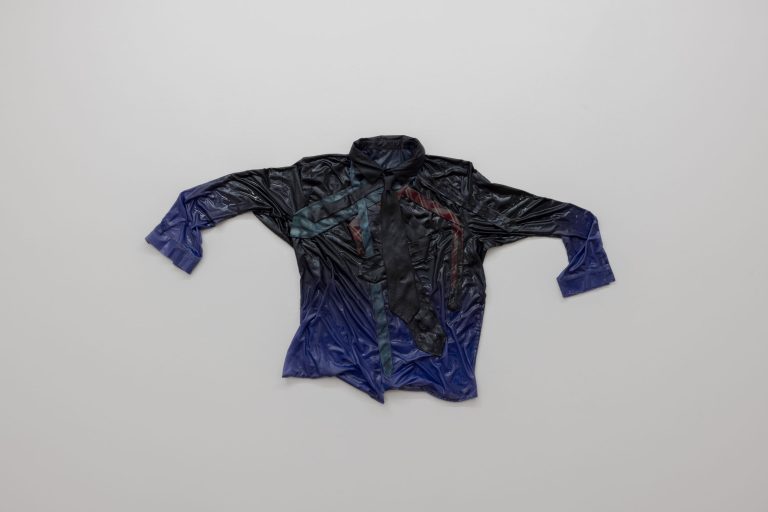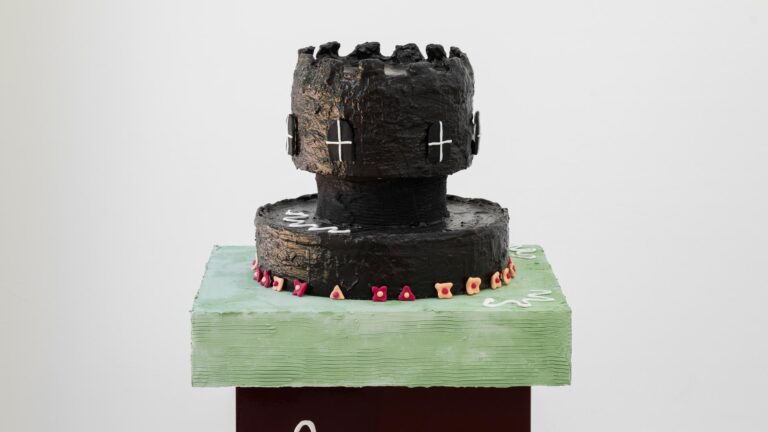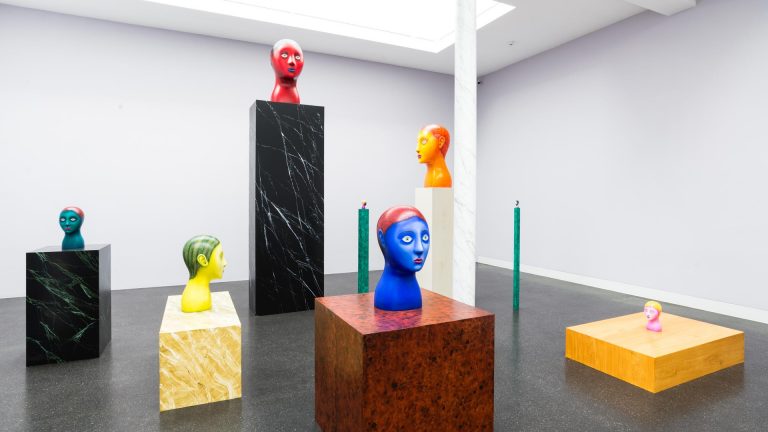Artists: Barbezat-Villetard, Alan Bogana, Nolan Oswald Dennis, Francesco Finizio, Lola Gonzàlez, Nina Rieben, The Space Lady, Linda Voorwinde, Philippe Wicht
Exhibition title: Parallels Part 2: The Commuter
Curated by: CAN Team
Venue: CAN Centre d’Art Neuchâtel, Neuchâtel, Switzerland
Date: May 15, 2022 – August 7, 2022
Photography: Sebastian Verdon / all images copyright and courtesy of the artists and CAN Centre d’Art Neuchâtel
The Commuter is the second chapter of the exhibition Parallels that runs throughout 2022. Scheduled to run from May to August, this part follows the same pattern as the previous episode: five rooms host a cycle of solo exhibitions distributed among the different spaces. Their sequencing is organized around a series of openings that inaugurate two new rooms each time; as a result, not all of the rooms are open at the same time. This cadence invites us to move from one room to another, to come back and observe the changes over time, and to mentally (re)construct this fragmented collective exhibition.
The title The Commuter and its motif refer to a particular movement: to and fro, back and forth. We can find it in the two supposedly opposite attitudes of Parallels: the collective exhibition and the personal exhibition. Each artist has their own space, but the overall character of the project is fundamentally derived from the energy of a collective thinking. So we find ourselves oscillating between these two conceptions. More broadly, this movement can illustrate the link between ourselves and others, between the freedom of each individual within the rules of the group. We learn to navigate between our intimacy and the system that encloses us but in which we participate, and we constantly seek its precarious and undulating balance.
The back and forth is also reflected in the passages through the installation that extends in the corridors and stairways of the CAN. It completely encompasses the exhibition; it is its envelope and at the same time its backbone. We are bathed in its chlorophyllous glow from the moment we enter, we can almost imperceptibly feel the humidity or the drafts; we can sit in its comfortable slipper chairs. It is the first and last impression during a visit and it is through it that we systematically transition between each room. It acts as an airlock, a sensitive filter that cuts us off from the outside climate while translating it. It links all the other works together and although it is modified throughout the year, it remains the only constant.
The commuter’s movement defines this second part which, in its essence, links the first and last parts of the trilogy exhibition. It refers to the terme interdependency of the individuals between them and the necessary distance between community and intimacy. It is the movement drawn by the travels from the center to the periphery (and vice versa), the one that can put their definitions into perspective. It also celebrates through this incessant journey – closer to that of the pendulum – the plurality of possible points of view and paths to follow, their missed or confronting crossings, accidental or calculated, which occur at every moment, driven by an elusive force that would drag us into its spiral.



















































































